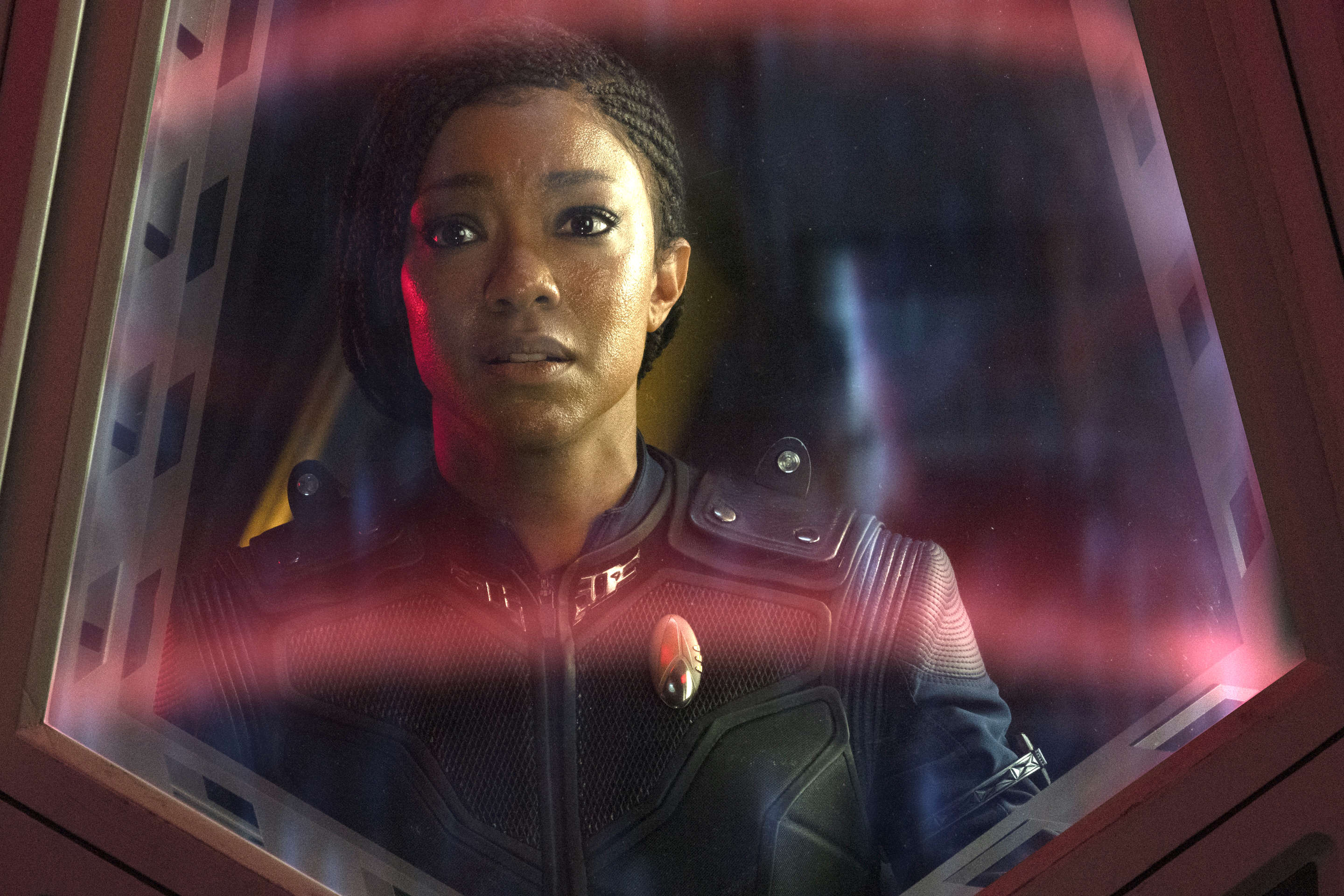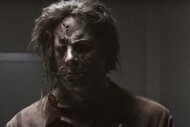Create a free profile to get unlimited access to exclusive videos, sweepstakes, and more!
Star Trek: Discovery: Check out the VFX magic that went into the making of Season 3

For the third season of Star Trek: Discovery, Michael Burnham and the crew of the DISCO weren’t the only ones in uncharted territory. The show’s Emmy-nominated visual effects house also had to create new worlds, new ships, and solve all new challenges after Burnham & Co. jumped 900 years into her future.
Now that Season 3 has aired, Pixomondo has released a breakdown reel of the effects it created for the season. The video, debuting exclusively at SYFY WIRE, goes through several shots, and offers a visual breakdown on how they were layered, rendered, and designed.
Check it out below:
“Season 3 was a tricky one for us,” Pixomondo’s Phil Jones, VFX Supervisor for Season 3 of Discovery, tells SYFY WIRE via Zoom. “There were at least 25 new ships that needed to be created, with all new future enhancements, because we jumped 900 years in the future.”
Jones says that even what was planned well in advance still required adjusting during the building process. For example, although Book’s ship had been designed and concepted beforehand, building it was a particularly difficult task for the VFX team “because it changed orientation all the time.” It wouldn’t fit in the Discovery’s shuttle bay, so the team “had to come up with another configuration to dock it.”
“It had been concepted beforehand, but when we built it, we found that [sometimes] what looks good on paper doesn’t fit anymore,” Jones adds.
Building new ships based on the art department’s designs wasn’t the sole challenge for the VFX team. Making sure everything felt to scale was also crucial. For example, his effects team spent “a good month” on the shot where the DISCO crashes through floating rocks, because it was important that the size and speed of everything felt right.
“How big are the trees? Also, how fast should these things move after the DISCO crashes? How fast should the clouds be flying by? How much would be bouncing off the DISCO? Sometimes things would feel right but look wrong. We spent a good month on that shot, if not more,” Jones says. “You can just change the scale of the rocks here and there and it changes the whole look of the shot. You fly a camera too fast and you’ve ruined the scale of things.”
Jones also notes that sometimes the VFX team would add a few more ships in the background of shots to both help with scale and add depth to shots so they don’t feel too flat.
The Pixomondo team also had to create a lot of new planets for Season 3. After getting the concept art from the art department that was approved by the directors and producers, the VFX team would then use multiple tools to help create these planets. For example, the first wide shot of an ice planet harboring the mining village is taken from a plate from Iceland that was expanded and tweaked with additions like tall cliffs and giant mining machinery.
“We try to use as much live action as possible but then push it a little bit further,” Jones says.
For Season 4, which is now in production, the cast now performs on a giant virtual production stage — it's 72 feet by 90 feet in size, and 24 feet high.
“Actors can now see the environment they’re in instead of a giant green screen,” Jones adds. “It’s a whole new world. And a pretty exciting one.”
Season 4 of Star Trek: Discovery premieres later this year on Paramount+. The first three seasons are currently available to stream on the platform.


























